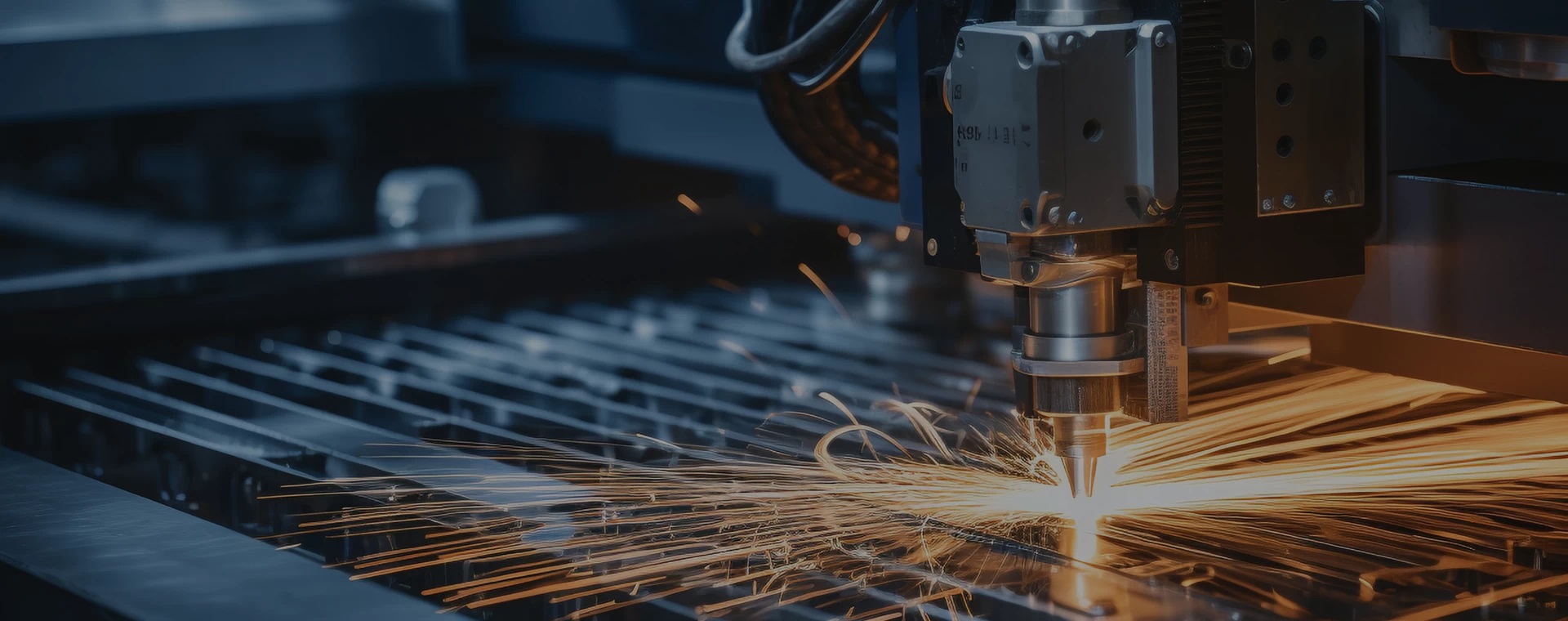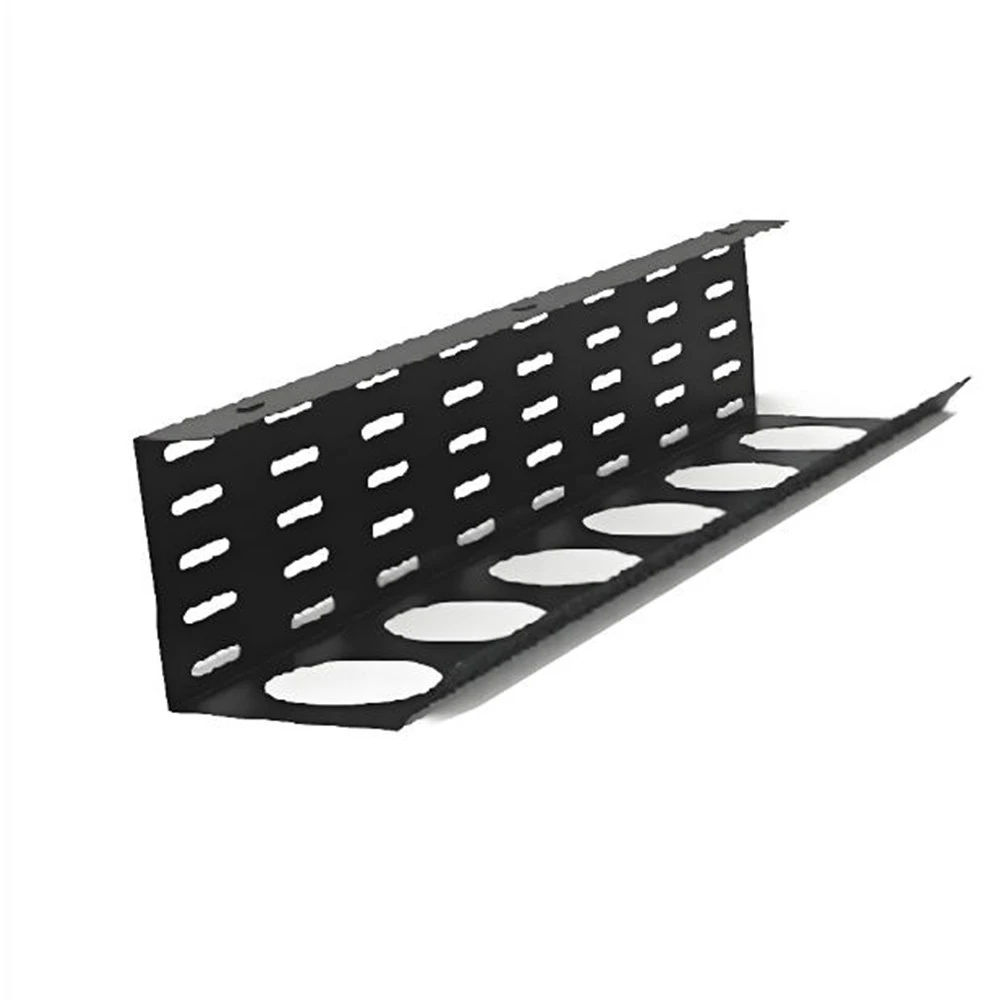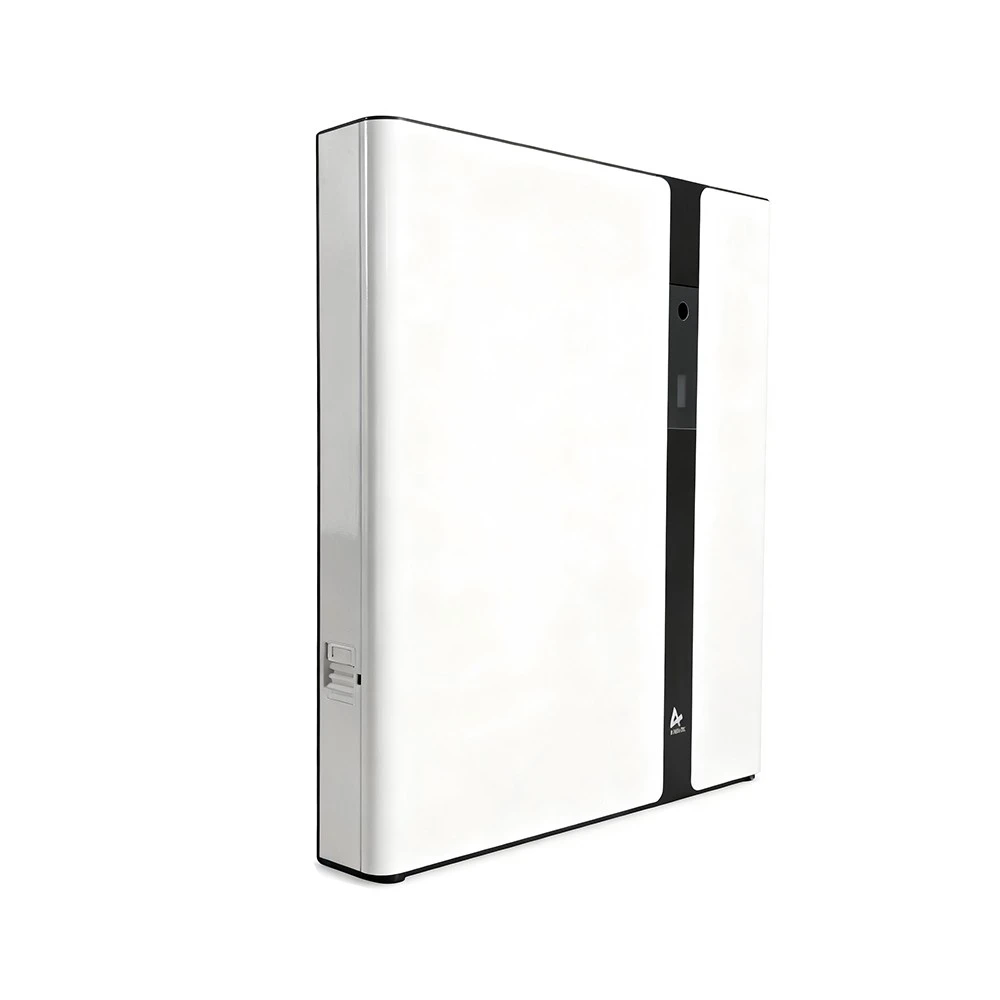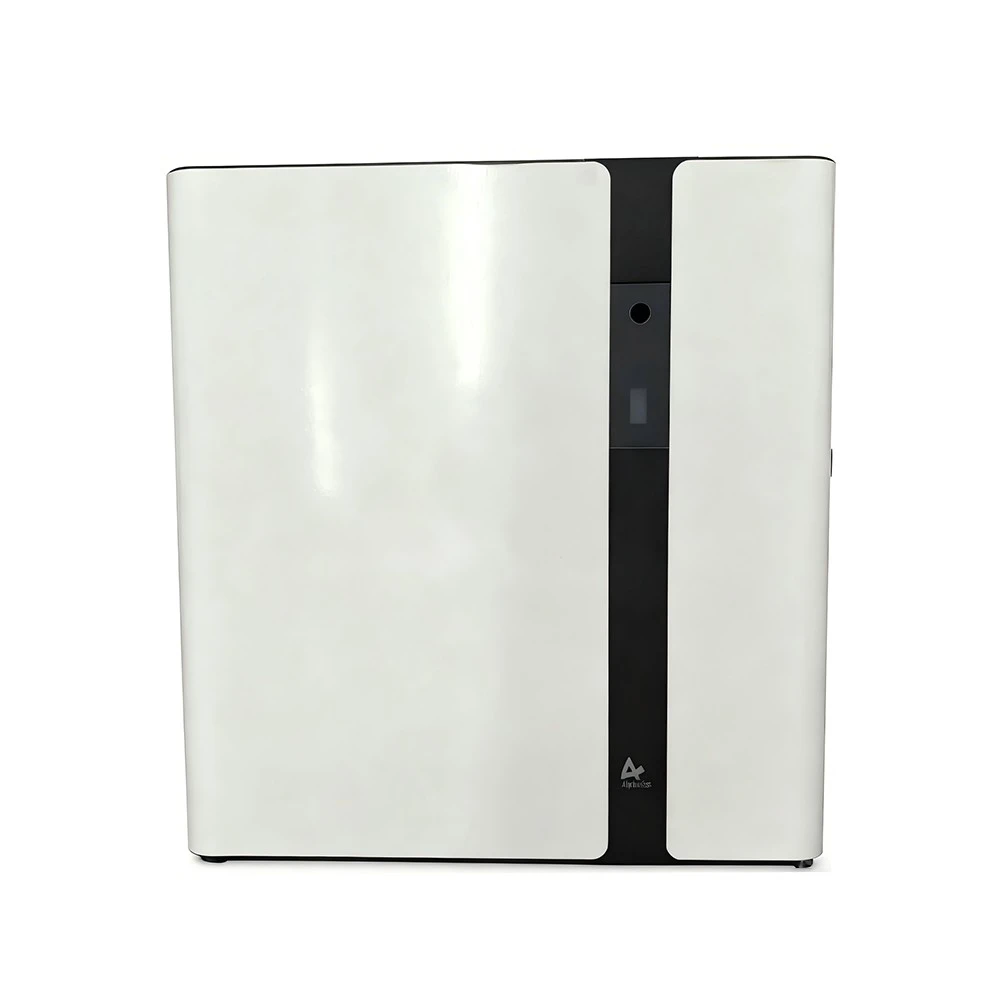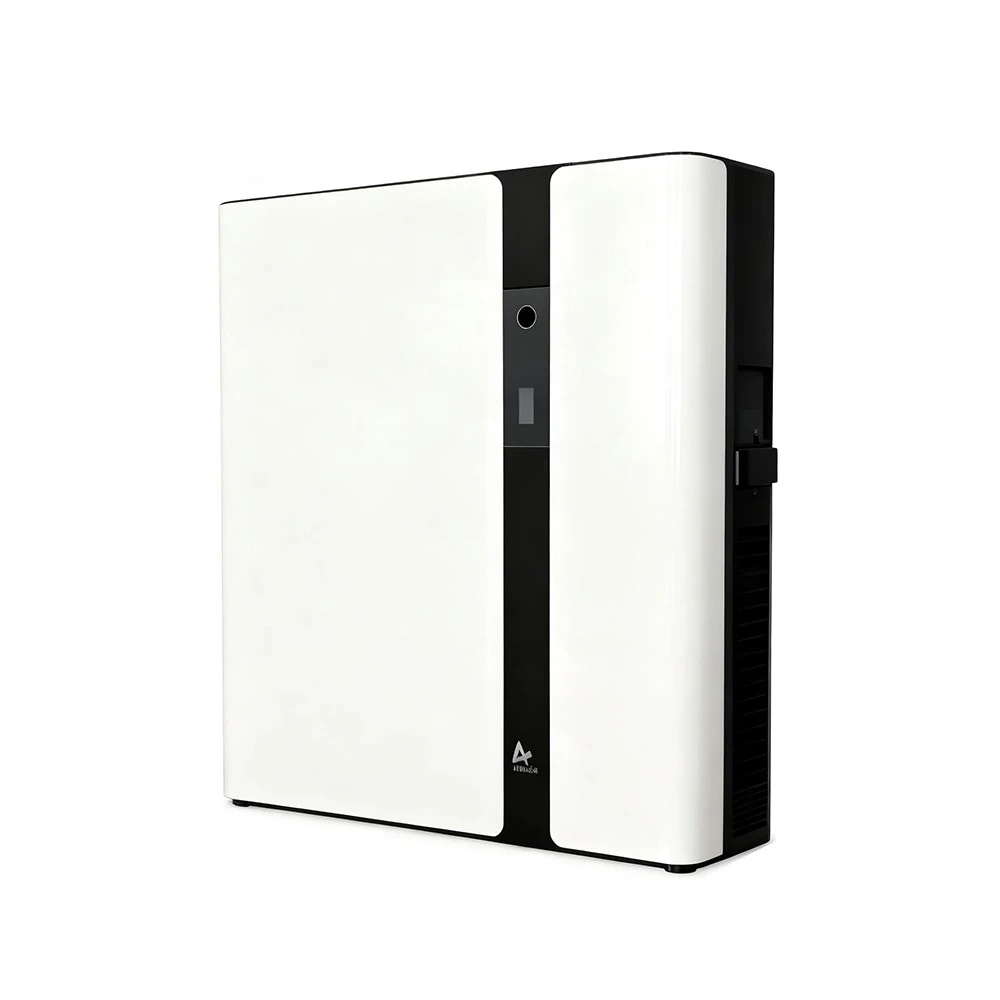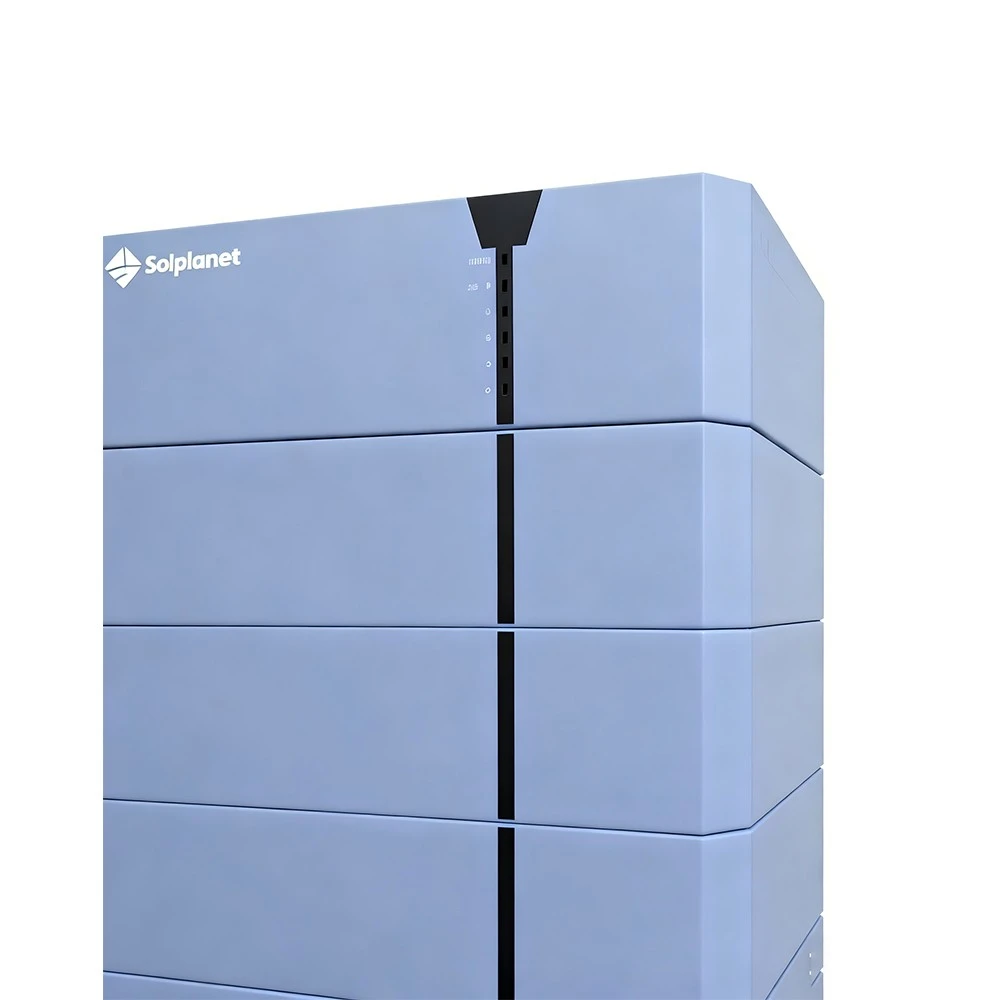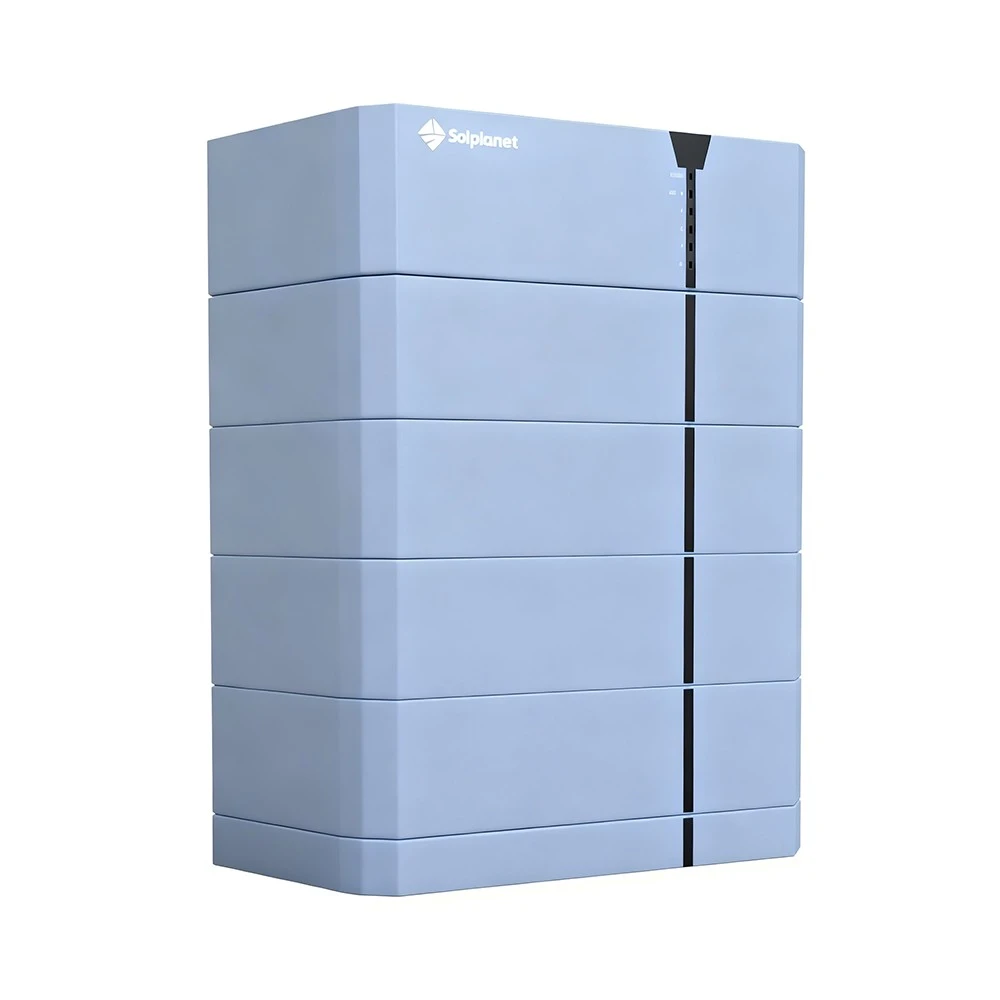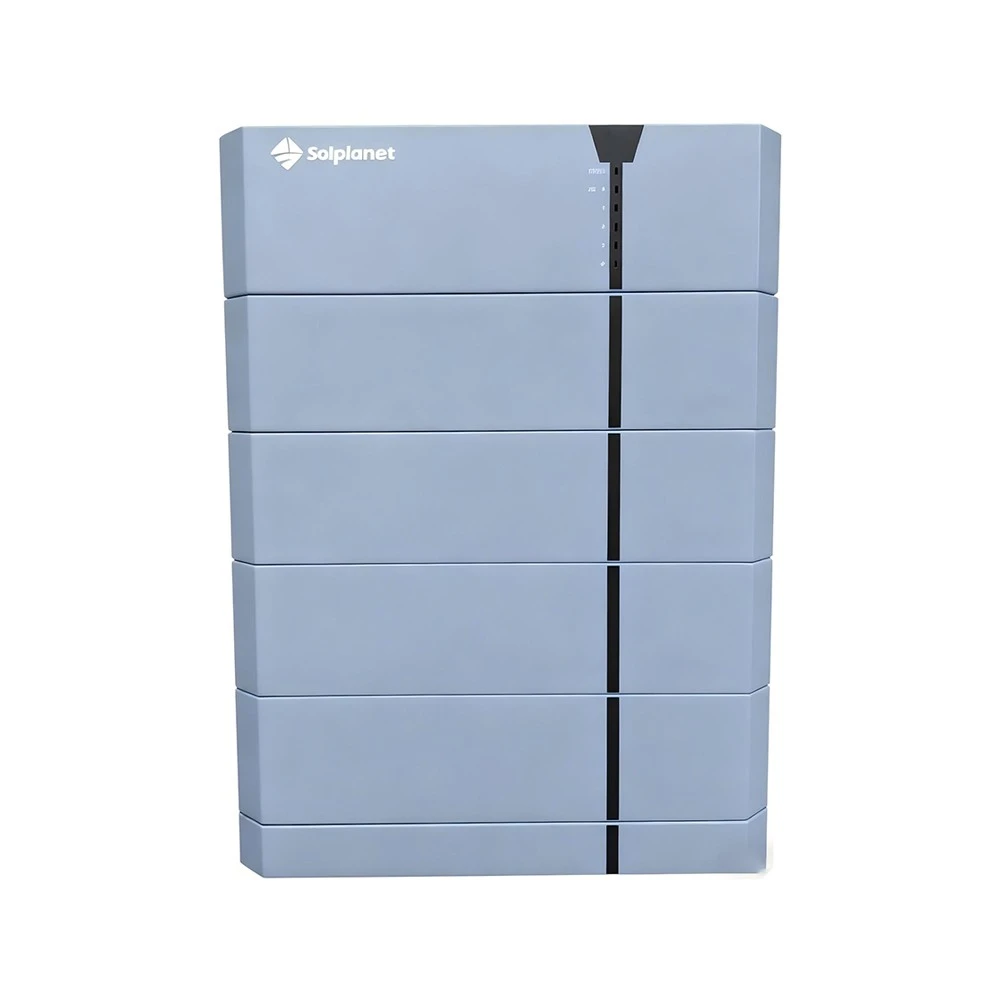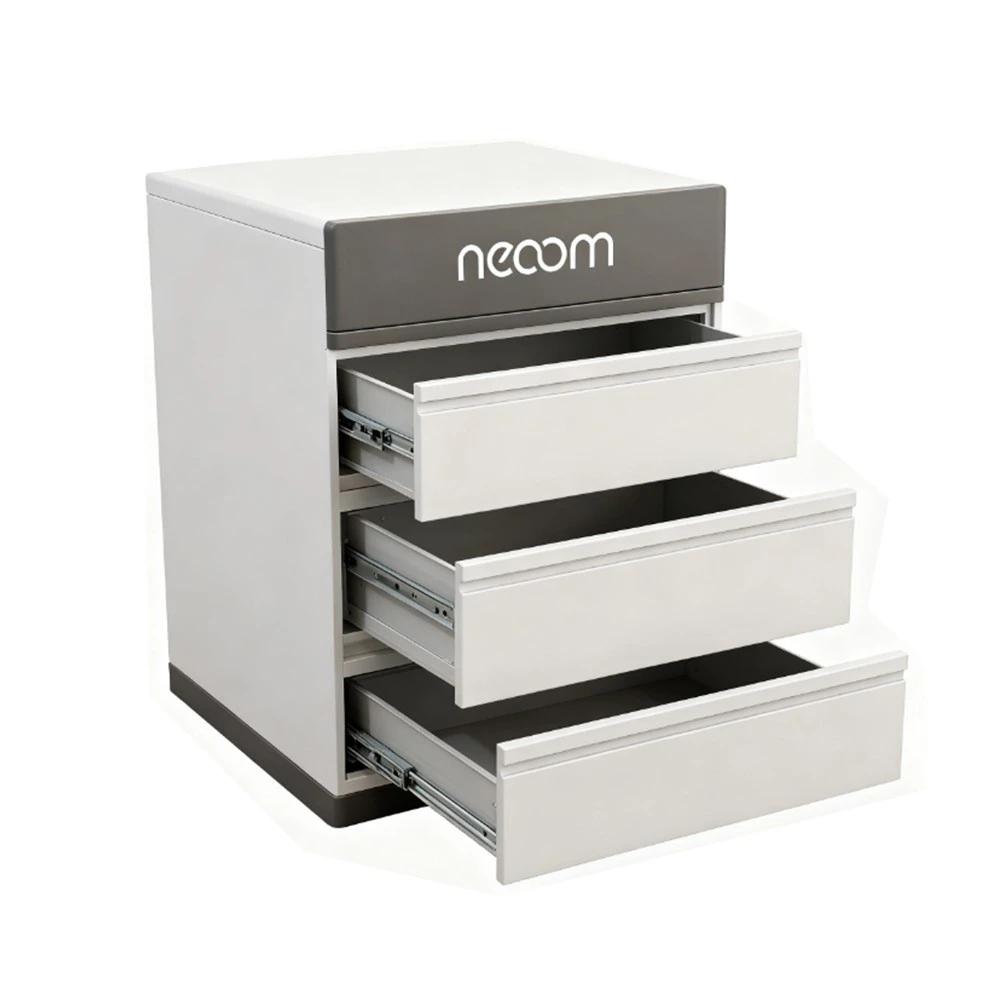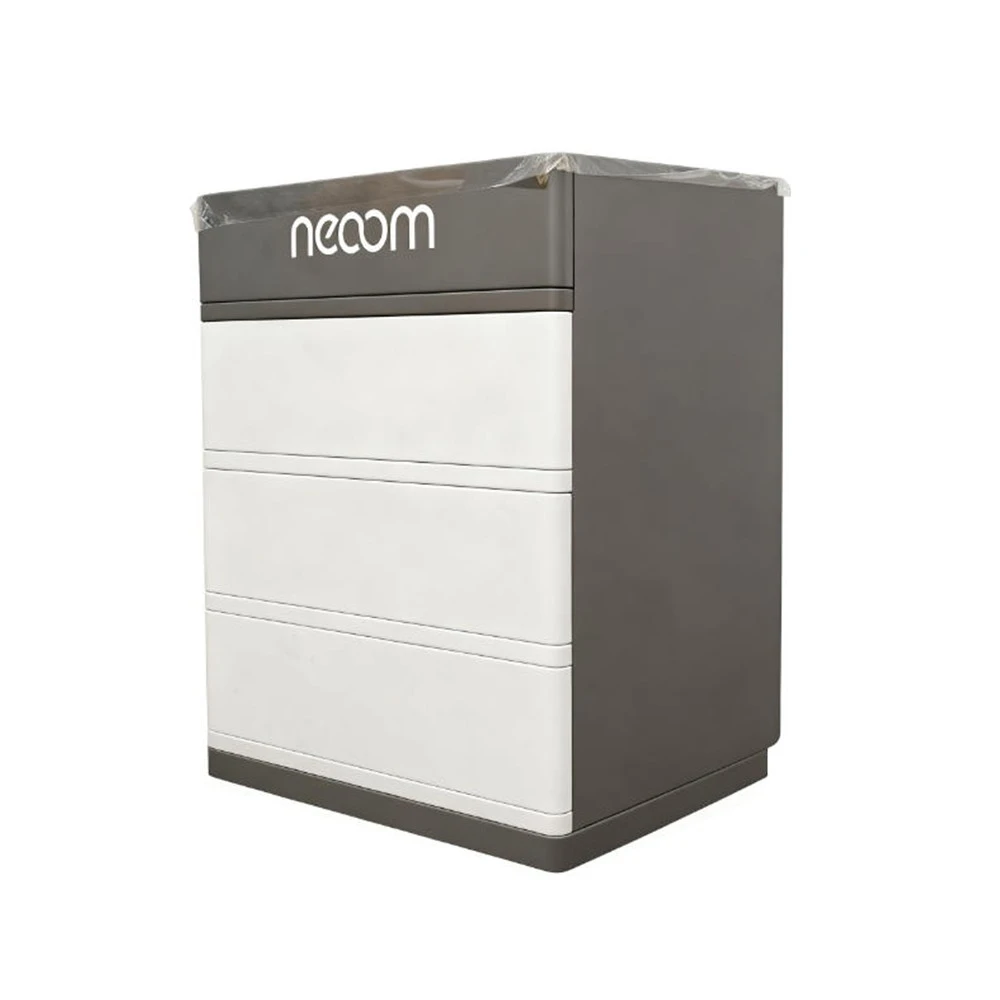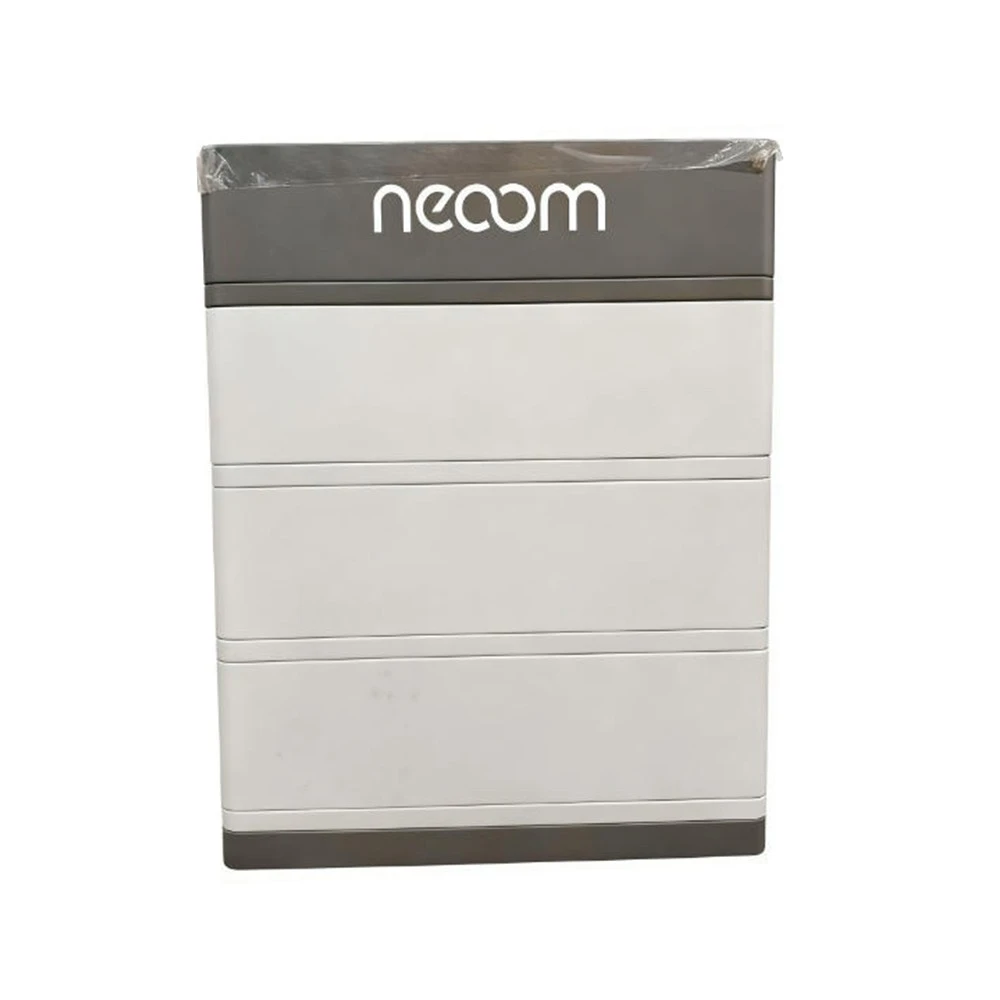Revolutionizing Industries: The Comprehensive Guide to Stamping Parts in Sheet Metal Fabrication
Sheet metal fabrication is a cornerstone of modern manufacturing, enabling the creation of complex components for industries ranging from automotive to aerospace. Among its most critical techniques is metal stamping, a high-precision process that transforms flat metal sheets into functional parts through cutting, bending, and forming. This article explores the intricacies of stamping parts in sheet metal fabrication, delving into its methods, applications, advantages, and the technological advancements driving its evolution.
1. Understanding Metal Stamping: The Basics
Metal stamping is a cold-forming process that uses specialized dies and presses to shape sheet metal into desired geometries. The process involves three primary stages:
Design & Tooling: Custom dies are created based on part specifications, often using CAD/CAM software for precision.
Stamping: Hydraulic or mechanical presses apply force to deform the metal sheet into the die's contours.
Finishing: Secondary processes like deburring, coating, or painting enhance durability and aesthetics.
Common techniques include:
Blanking: Cutting out a flat shape from the metal sheet.
Punching: Creating holes or cutouts.
Bending: Forming angles or curves.
Deep Drawing: Stretching metal into 3D shapes (e.g., automotive panels).
2. Applications Across Industries
Stamped parts are ubiquitous in modern manufacturing due to their versatility and cost-effectiveness:
Automotive: Body panels, brackets, engine components.
Electronics: Heat sinks, connectors, enclosures.
Aerospace: Structural components, fasteners.
Consumer Goods: Appliances, furniture, lighting fixtures.
For example, the automotive industry relies on stamped parts for 60–70% of a vehicle’s structural components, highlighting their critical role in mass production.
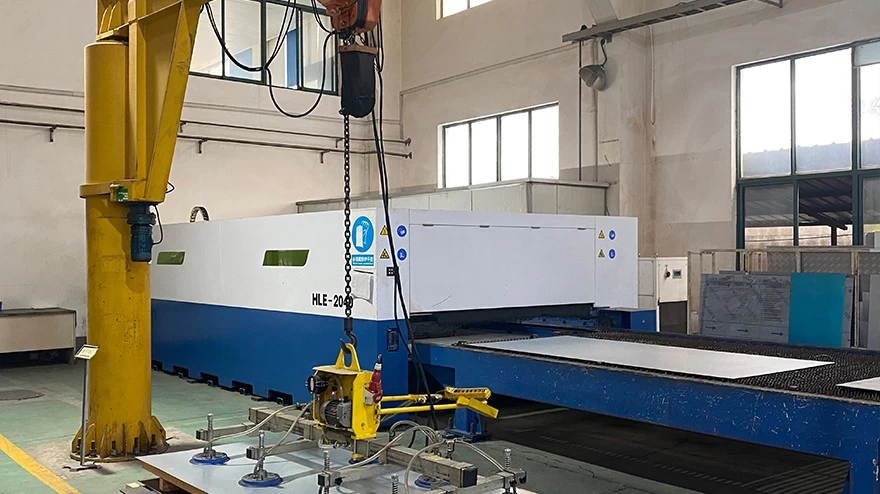
3. Advantages of Metal Stamping
Why do manufacturers favor stamping? Key benefits include:
High Efficiency: Rapid production cycles suit large-volume orders.
Precision: Tolerances as tight as ±0.1 mm ensure consistency.
Material Savings: Nesting software optimizes sheet metal usage.
Scalability: Economical for both prototypes and mass production.
Additionally, advancements in automation have reduced labor costs and minimized human error.
4. Challenges and Solutions
Despite its advantages, stamping faces challenges:
Tooling Costs: Complex dies require significant upfront investment.
Material Limitations: Not all metals are suitable for high-speed stamping.
Design Complexity: Intricate geometries may demand multi-stage tooling.
Innovations like progressive die stamping (combining multiple operations in one press) and simulation software (predicting material behavior) address these issues, reducing waste and lead times.
5. Technological Advancements Shaping the Future
The integration of cutting-edge technologies is redefining metal stamping:
AI & Io: Smart presses monitor wear and adjust parameters in real time.
3D Printing: Hybrid tooling combines additive manufacturing with traditional dies.
Sustainable Practices: Recycling scrap metal and using eco-friendly coatings.
For instance, Tesla’s Gigafactories leverage AI-driven stamping lines to produce EV components at unprecedented speeds.
6. Quality Control in Stamping
Ensuring part integrity requires rigorous quality checks:
Dimensional Inspection: Coordinate measuring machines (CMMs) verify tolerances.
Material Testing: Tensile strength and hardness assessments.
Surface Analysis: Detecting micro-cracks or corrosion risks.
Certifications like ISO 9001 and IATF 16949 underscore a manufacturer’s commitment to excellence.
Conclusion
Metal stamping remains a linchpin of sheet metal fabrication manufacturer, blending age-old craftsmanship with 21st-century innovation. As industries demand lighter, stronger, and more sustainable components, the role of advanced stamping techniques will only grow. By embracing automation, AI, and eco-conscious practices, manufacturers can stay ahead in this dynamic landscape, delivering precision-engineered parts that power the world’s most groundbreaking technologies.

